Opel unveils revised Combo Electric and Zafira Electric
The two enhanced Opel vans are part of a larger initiative presented by the Stellantis Group in October. At the time, Stellantis presented no fewer than twelve revised MPVs. Essentially, there are three vehicles behind it, each spread across four brands. These included Opel’s Combo Electric and Zafira Electric. Depending on the variant, the former offers space for up to seven people, the latter for up to nine. Compared to their predecessors, both models also have more range and the Opel Vizor brand face.
Like all Stellantis panel vans and passenger car offshoots, the Opel duo utilises the EMP2 base, which was developed during the PSA era. The installed 100 kW electric motor is supplied by Vitesco Technologies and is combined with a 50 kWh battery in Stellantis’ high-roof estate cars. In addition to 50 kWh, 75 kWh is also available as an option for the minibuses.
This for the back of our minds as we move on to the revised Combo Electric: With a 50-kWh battery, this now manages a WLTP range of up to 330 kilometres, which is around 50 kilometres more than its predecessor. According to Opel, this is made possible by the “further development of the electric drive and an efficient heat pump”. The manufacturer is not going into any more detail at this point. Back in October, it was announced that Stellantis vehicles will be fitted with a heat pump as standard to make electric operation more efficient. However, the extra range cannot only come from the heat pump.
Yesterday, Citroën revealed what adjustments have been made to the drive system in connection with its sister model, the ë-Berlingo. For the first time, batteries with LFP chemistry are being used. And the stated 50 kWh energy content is not (as previously) the gross value, but the usable net energy content. Only around 45 kWh of the “old” 50 kWh battery was usable, which was sufficient for a WLTP range of around 280 kilometres in the Combo Electric.
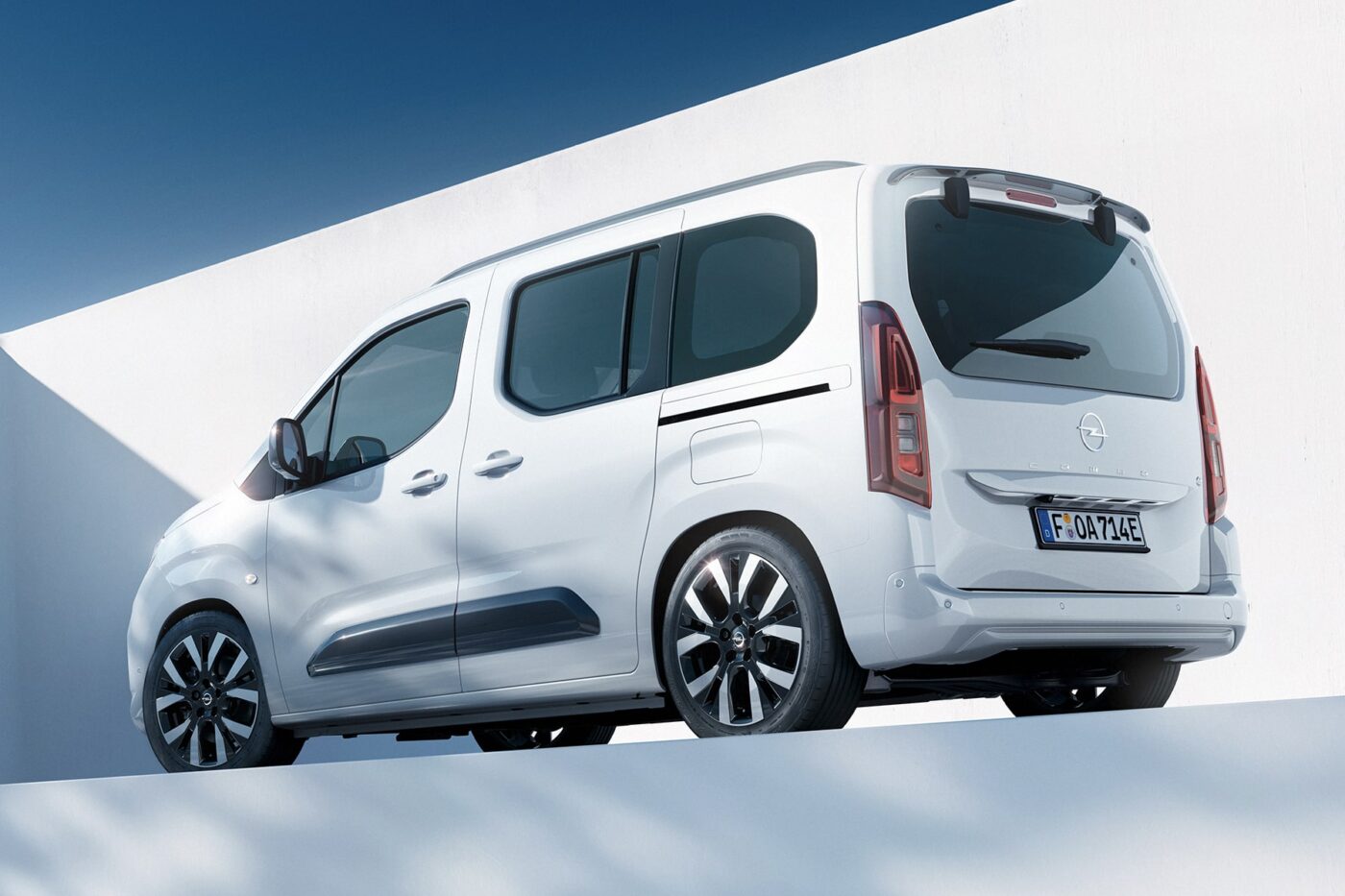
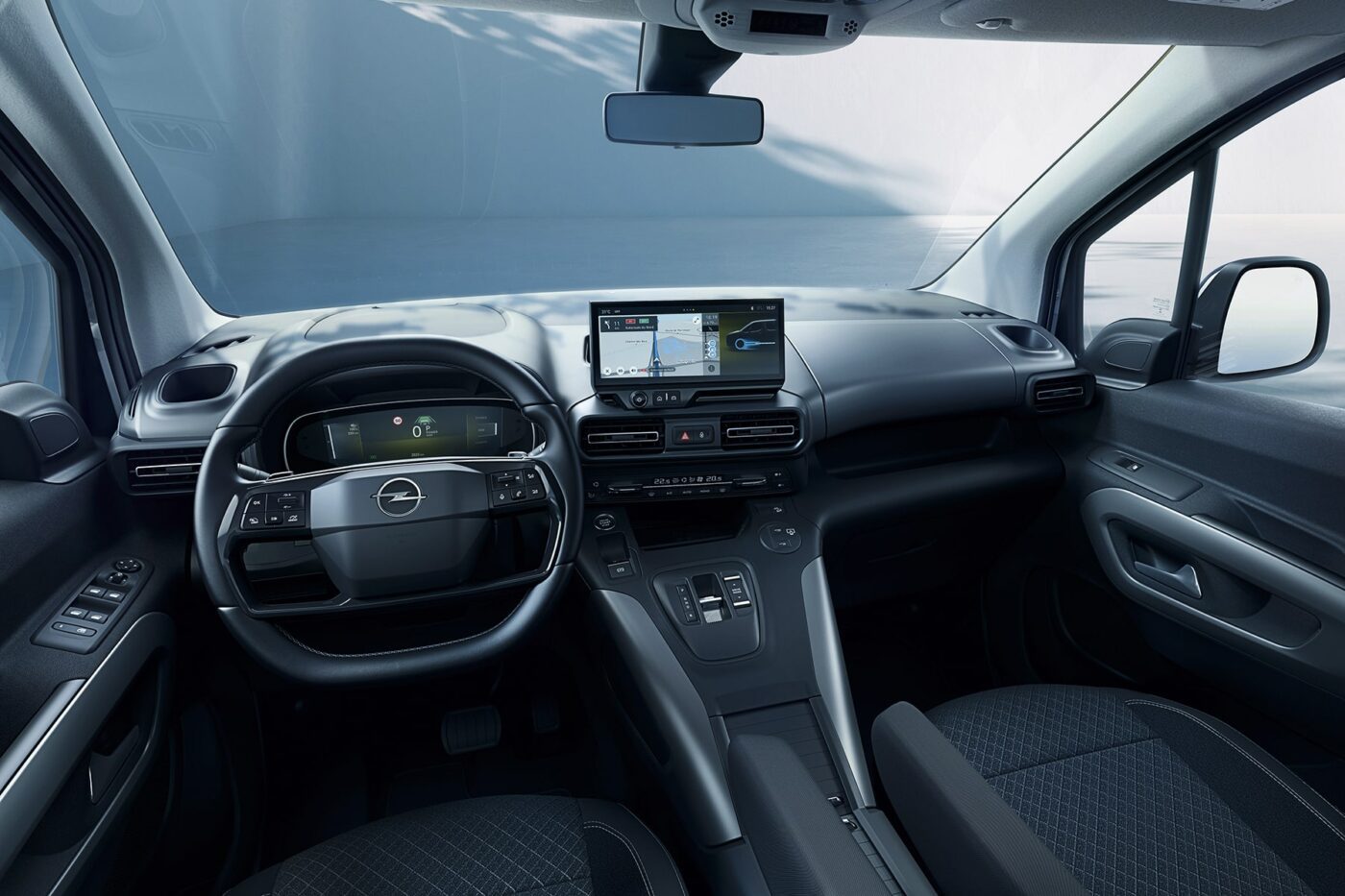
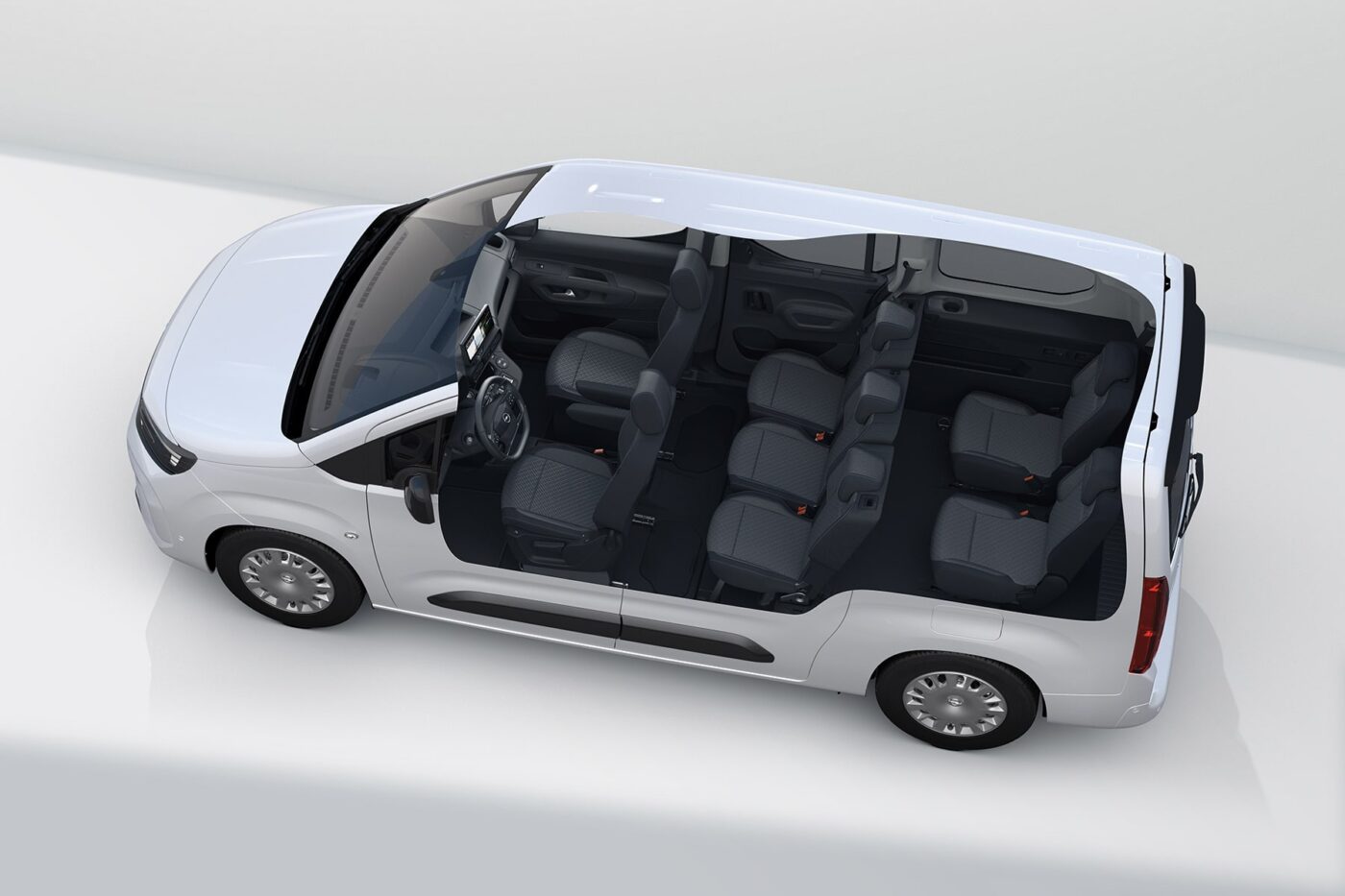
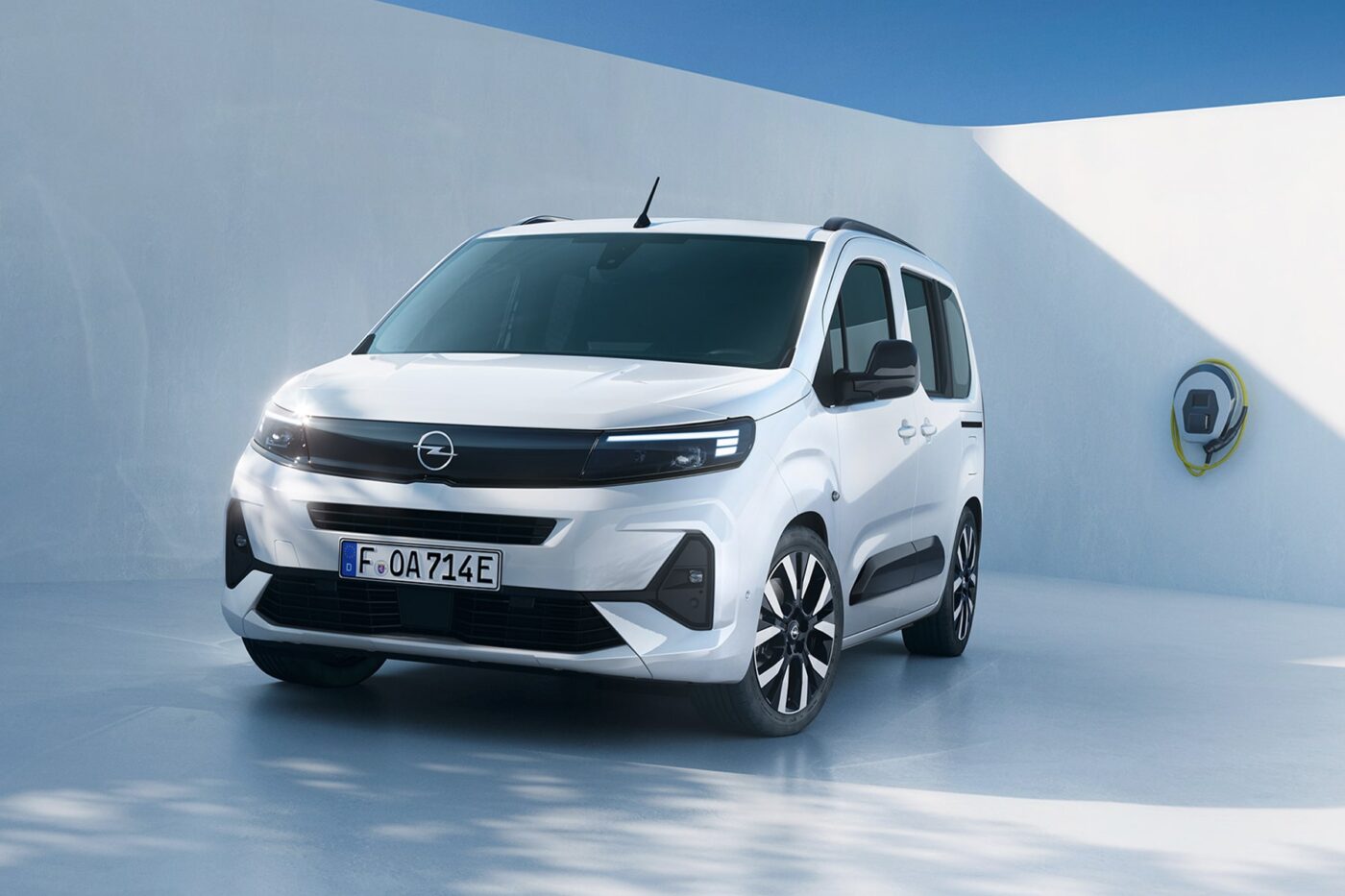
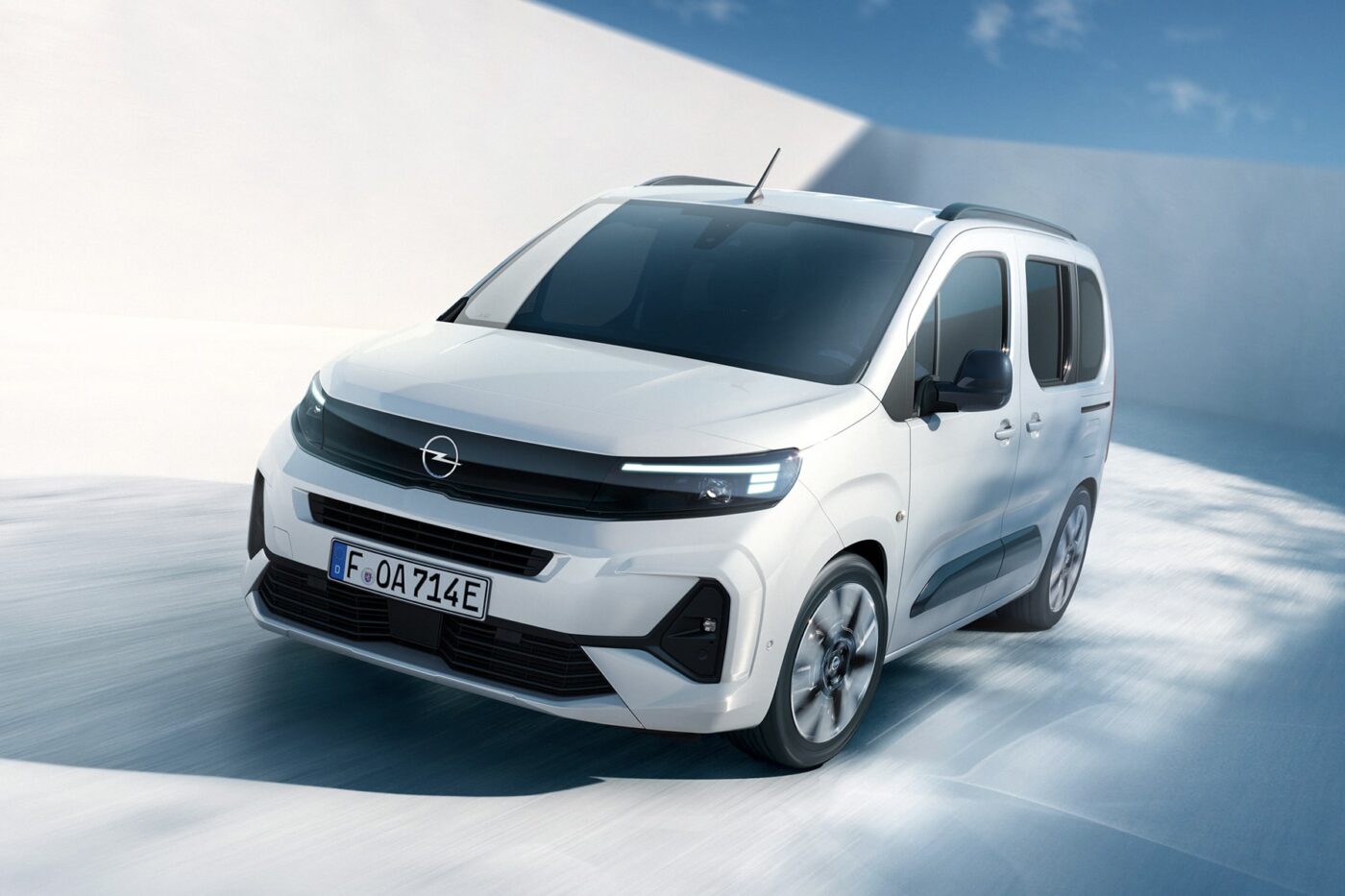
Apart from this major change, there is a lot of consistency: the Combo Electric continues to deliver 100 kW with a familiar maximum torque of 260 Nm. Also unchanged: the top speed of 135 kph, three driving modes (Eco, Normal and Power), the three-stage regenerative braking system and a three-phase 11 kW onboard charger ex works.
Opel describes the high-roof estate as an “ideal family vehicle”. There is still a choice of two vehicle lengths: 4.41 metres with up to five seats or 4.76 metres in length (Combo XL) with an optional third row and up to seven seats. Depending on the seat configuration, the Rüsselsheim-based company also lists 775 (Combo) to 4,000 litres (Combo XL) of load volume (up to the roof), 27 stowage options with a total capacity of up to 186 litres, a separately opening window in the tailgate and a panoramic roof.
Opel is also promising improvements in a class above the Combo Electric: the Zafira Electric will continue to be offered with a 50 or 75 kWh battery. With the large battery, it will have a WLTP range of up to 350 kilometres – a good 20 kilometres more than before. Opel has not provided any information on the range with the small battery. It remains unclear whether this improvement (which is smaller compared to the Combo Electric) is primarily due to the heat pump or to a different cell chemistry.
In future, the electric minibus will only be available in a length of 4.98 metres or 5.33 metres with space for a maximum of nine people. The 4.60 metre S version of the Zafira Electric and its sister models will reportedly be cancelled. The load volume is expected to be between 1,500 and 4,900 litres. As Opel wants to make the model attractive for the shuttle business, among other things, sensor-controlled, electric sliding doors on both sides of the vehicle make it easier to enter and exit rows two and three. The e-van is also 1.90 metres high and “fully suitable for underground parking”.
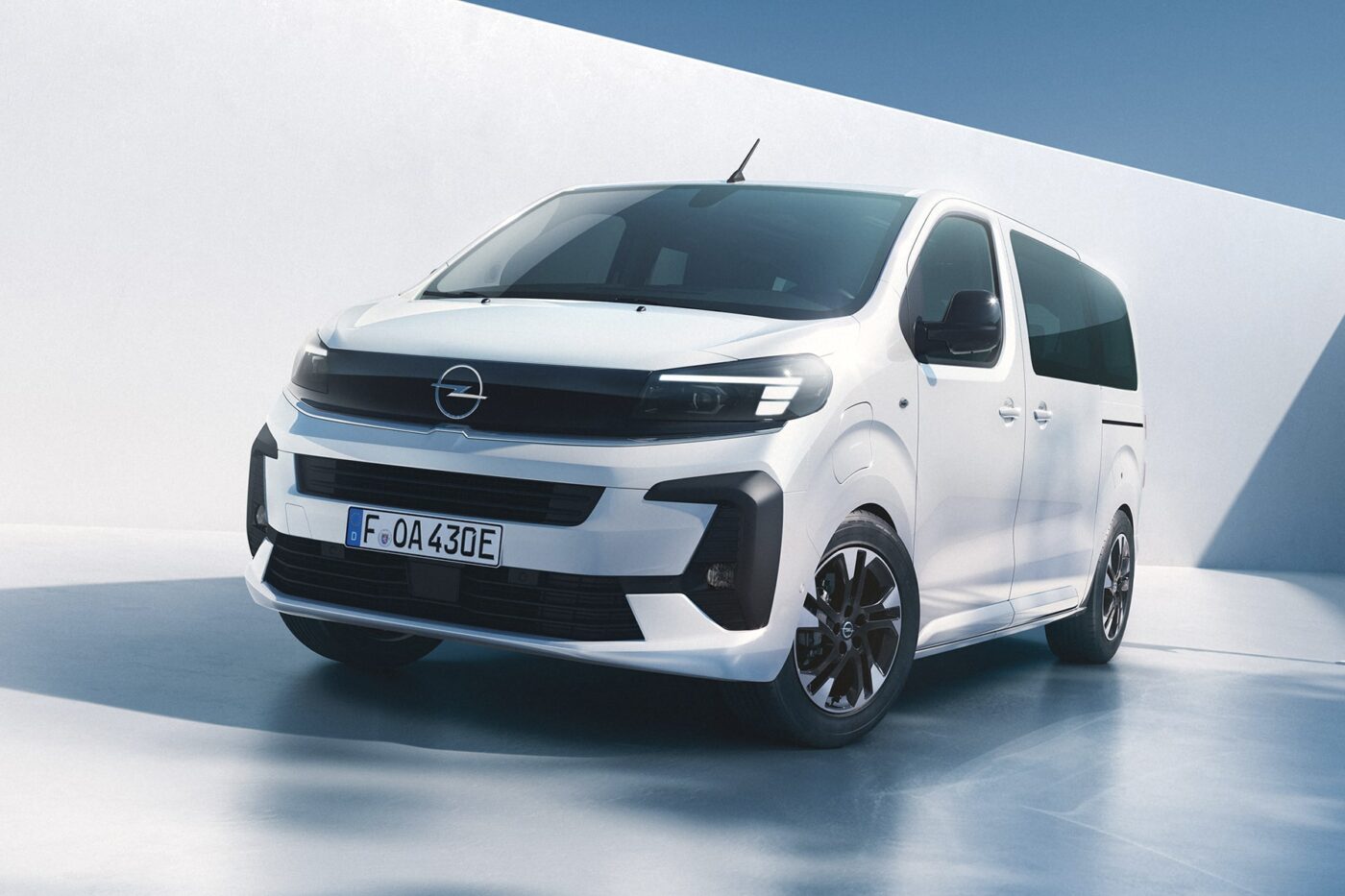
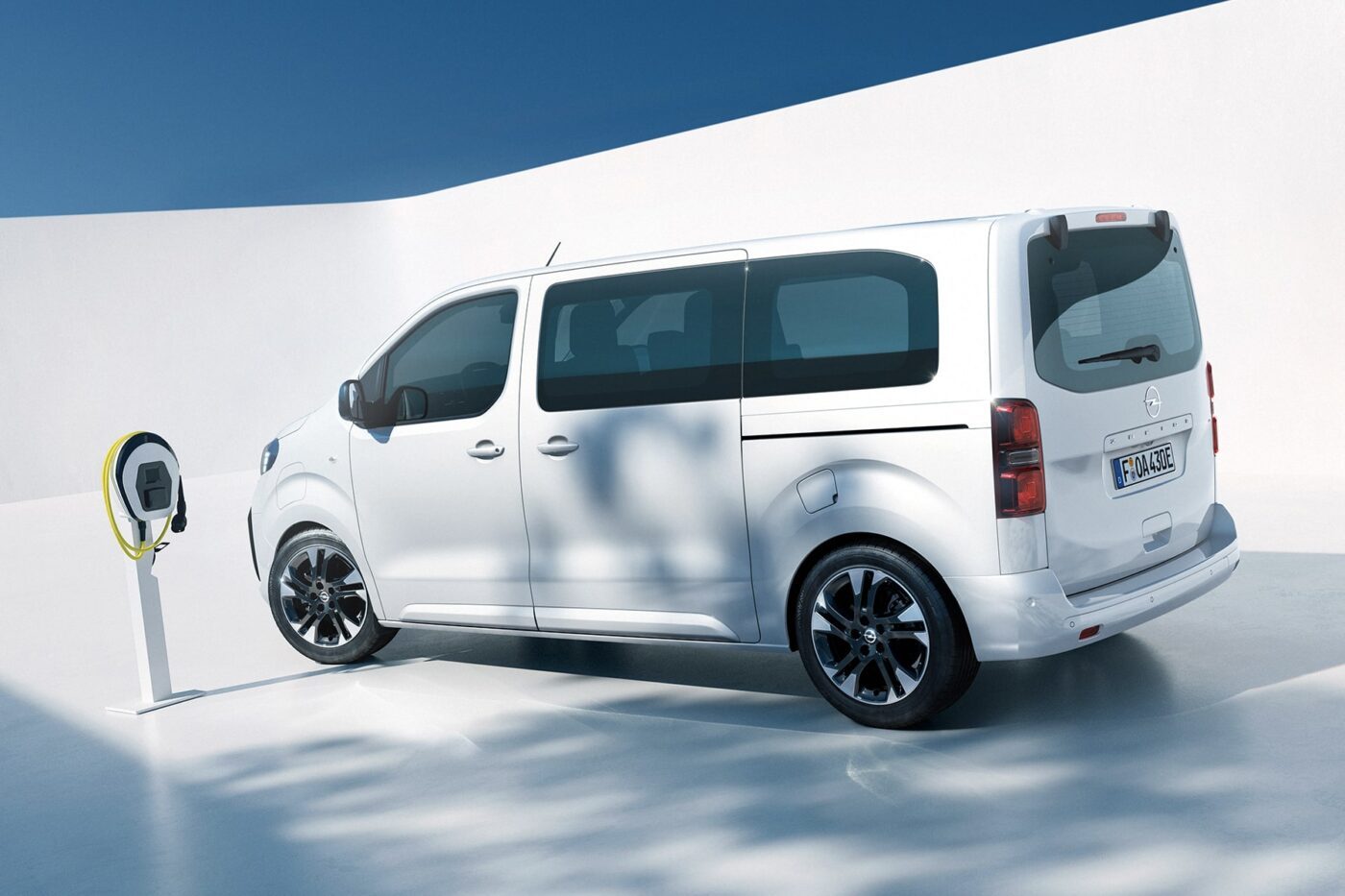
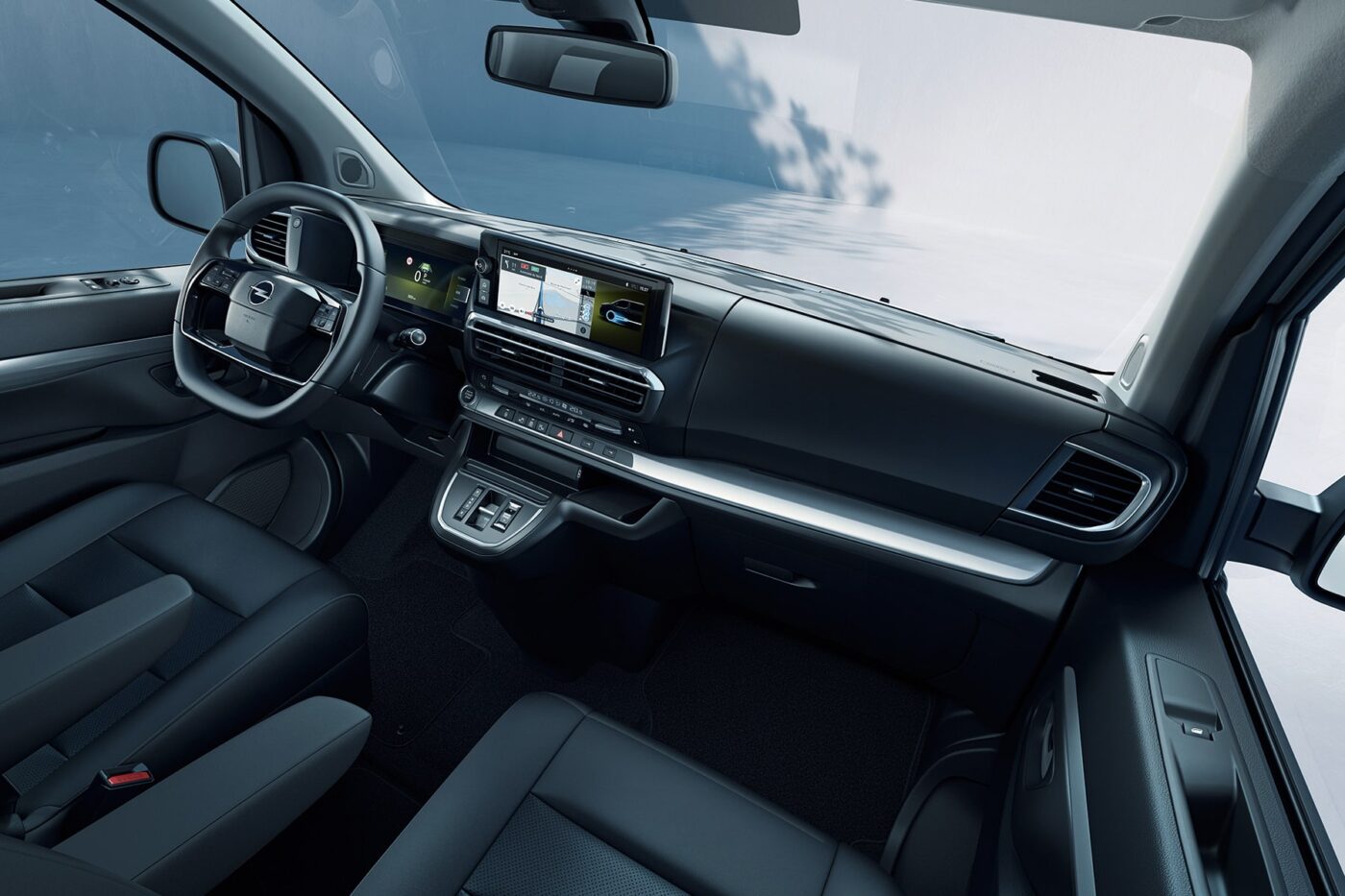
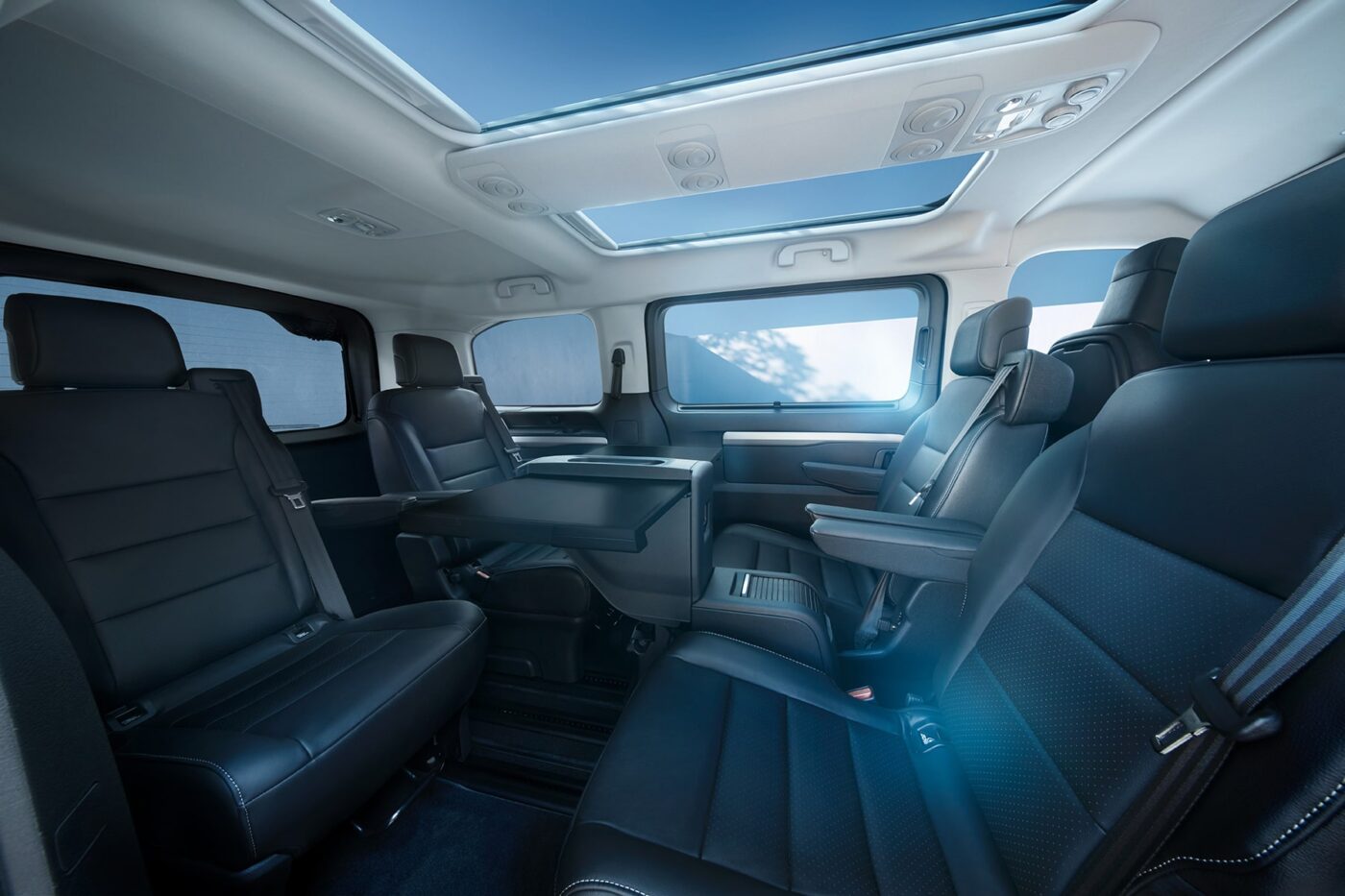
The other data and features are known: The Zafira Electric delivers 100 kW, comes with up to 260 Nm of torque, a top speed of 130 kph, three driving modes, three recuperation levels and comes with an 11 kW onboard charger as standard in Germany.
New features in both Opel MPVs include full LED headlights (also Intelli-Lux Matrix light in the Combo), up to 18 assistance systems and an optional 10-inch digital driver information display alongside a 10-inch colour touchscreen for infotainment.
Opel plans to open the order books for the two new electric models “shortly”. The Rüsselsheim-based company has not yet announced the prices of either vehicle.




0 Comments